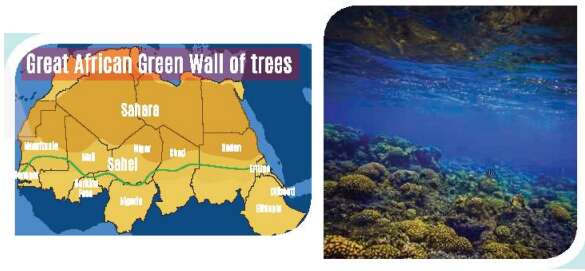Giải Tiếng anh Unit 10 lớp 11 Communication and culture / CLIL (trang 116) - Global success
- 1Làm xong biết đáp án, phương pháp giải chi tiết.
- 2Học sinh có thể hỏi và trao đổi lại nếu không hiểu.
- 3Xem lại lý thuyết, lưu bài tập và note lại các chú ý
- 4Biết điểm yếu và có hướng giải pháp cải thiện
Everyday English 1
Expressing likes and dislikes
(Thể hiện sự thích và không thích)
Listen and complete the conversation with the expressions in the box. Then practise it in pairs.
(Nghe và hoàn thành cuộc hội thoại với các biểu thức trong hộp. Sau đó thực hành nó theo cặp.)
A. I can’t stand (Tôi không thể chịu được)
B. I really love (Tôi thật sự thích)
C. I'm not a fan (Tôi không phải là người hâm mộ của)
Alice: There’re so many activities for visitors in this park. Do you fancy going on an elephant ride, Mai?
Mai: No, thanks. (1) _____________ of elephant rides.
Alice: Don't you like elephants? They are very gentle creatures.
Mai: That's why we shouldn't ride on them. (2) _____________ animal cruelty.
Alice: Yes, you're right. Perhaps we should learn more about the birds in the park.
Mai: Good idea! (3) _____________ bird-watching.
Everyday English 2
Work in pairs. Use the model in 1 to make similar conversations for these situations. One of you is Student A, the other is Student B. Use the expressions below to help you.
(Làm việc theo cặp. Sử dụng mô hình Trong 1 để thực hiện các hội thoại tương tự cho các tình huống này. Một trong số các bạn là Học sinh A, người kia là Học sinh B. Sử dụng các biểu thức dưới đây để giúp bạn.)
1. Student A is talking about the activities he/she does on field trips to national parks. Student B expresses likes/dislikes about these activities.
(Học sinh A đang nói về các hoạt động mà em ấy thực hiện trong các chuyến đi thực tế đến các công viên quốc gia. Học sinh B bày tỏ sự thích/không thích về các hoạt động này.)
2. Student A and Student B are planning an eco-friendly class party. They talk about the things and activities they like or dislike at a party.
(Học sinh A và học sinh B đang lên kế hoạch tổ chức một bữa tiệc lớp thân thiện với môi trường. Họ nói về những điều và hoạt động mà họ thích hoặc không thích tại một bữa tiệc.)
CLIL 1
Read the text and tick (✓) the correct project in the table.
(Đọc văn bản và đánh dấu (✓) vào dự án đúng trong bảng.)
PROTECTING ECOSYSTEMS - IDEAS FROM AROUND THE WORLD
The healthier our ecosystems are, the healthier our planet and its people become. Ecosystem restoration can help end poverty, fight climate change, and prevent loss of flora and fauna on every continent and in every ocean. Below are two examples of successful ecological projects.
The Great Green Wall
The goal of this project is to create the largest living structure on the planet. The plan is to restore 100 million hectares of damaged land, limit the amount of carbon dioxide and create 10 million green jobs in Africa. This will provide rich land, food security, and improve the region’s ability to deal with climate change. Since its launch in 2007, Ethiopia and Nigeria have restored millions of hectares of land, and Senegal has planted more than 10 million trees.
Belize Barrier Reef
The Belize Barrier Reef was once described as the most amazing reef in the West Indies. It is home to a large diversity of plants and animals. Itis Belize’s top tourist destination, popular for scuba diving and snorkelling, and a UNESCO Natural World Heritage Site. Between 2009 and 2018, it was declared endangered because of pollution and the destruction of its ecosystems. However, because of conservation efforts, a large part of the reef is now protected. There are seven marine reserves. Belize has also stopped oil drilling near the Barrier Reef, banned plastic products, and created ‘no-take zones’, where removing plants and animals is not allowed.

|
|
The Great Green Wall |
Belize Barrier Reef |
|
1. It is a marine ecosystem of rich biodiversity. |
|
|
|
2. Its aim is to build the world’s biggest living structure. |
|
|
|
3. Millions of trees have been planted in several African countries. |
|
|
|
4. The government has taken measures to restore and protect the ecosystem |
|
|
Work in groups. Discuss the following questions.
(Làm việc nhóm. Thảo luận các câu hỏi sau.)
Are there similar projects in Viet Nam? Do you think the ideas in 1 can be applied in Viet Nam?
(Có dự án nào tương tự ở Việt Nam không? Bạn có nghĩ rằng những ý tưởng trong 1 có thể được áp dụng ở Việt Nam?)